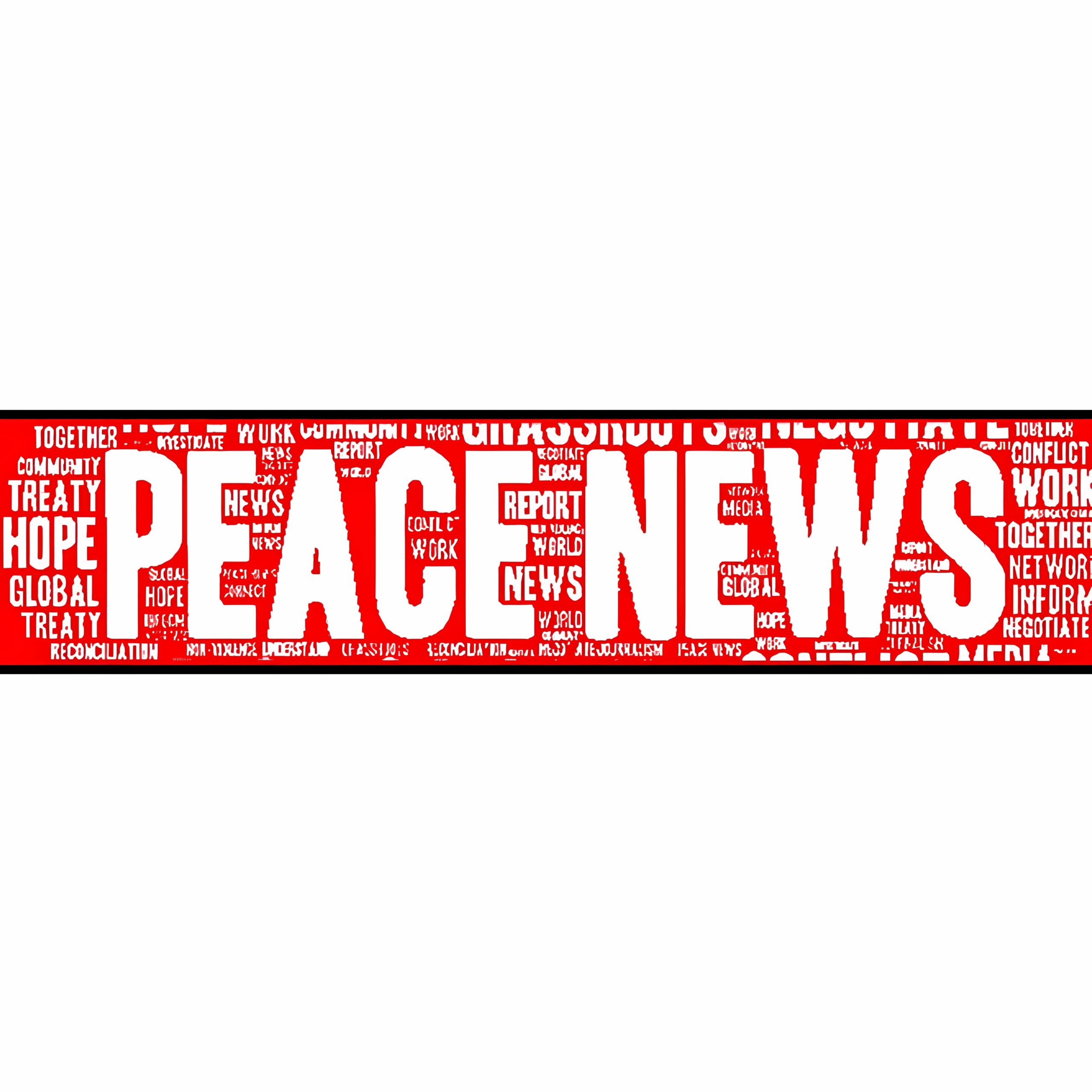A diverse gathering of Indigenous leaders, diplomats, and activists assembled at the United Nations in New York on April 24 to 25, 2025. Over two events at the UN Permanent Forum on Indigenous Issues (UNPFII), participants from dozens of countries issued a ‘clarion call’ for Indigenous-led peacebuilding. The two events included “Indigenous Peacebuilding: Pathways towards Healing People, for Peace and Planet” and “Global Strategy Meeting for International Decade of Indigenous Humanitarian Peacebuilding 2025-2035.” Participants pointed out that 80% of today’s conflicts are happening in biodiversity regions where indigenous peoples live, with 107 wars displacing 200 million people globally. With that in mind, the meetings laid out a bold agenda.
Key outcomes of the events included: recognizing UN Resolution A/79/455, which recognizes the role of Indigenous peoples and peace; calling for a UN Secretary-General’s report and a formal Peacebuilding Decade from 2026 to 2035; launching the first International Declaration on Indigenous Peacebuilding, with principals rooted in indigenous knowlege; and for the first time urging official recognition of ‘Indigenous Peace Women’ and ‘Peace Mothers’ for their roles in conflict prevention and healing. Participants also stressed the link between conflict and environmental destruction, and demanded that conflicts in Indigenous territories be treated as a key international security issue.
The summit drew on years of Indigenous organizing. A year earlier, in April 2024, 120 Indigenous elders, women, and youth from around the world had held the First Global Summit on Indigenous Peacebuilding in Washington, D.C., adopting the Declaration on Indigenous Peacebuilding. At the New York meetings, Wakerahkáhtste Louise McDonald Herne (Mohawk Nation) opened with a prayer, and frontline activists spoke about the stakes. Binalakshmi Nepram, founder-director of India’s Manipur Women Gun Survivors Network, urged that “hundreds of conflicts” raging where indigenous peoples live demand urgent action. In other remarks, UN Special Rapporteur Dr. Albert Barume warned that Indigenous peoples are too often excluded from security discussions and even called extremists, yet securing their land ownership and cultural rights would strengthen security.
Bridging Tradition and Policy
Speakers ranged from grassroots leaders to UN envoys. Guatemala’s Ambassador José Briz Gutiérrez launched the new Declaration, calling it “a very special occasion” for indigenous peoples around the world. He noted Guatemala’s own peace process had shown how vital Indigenous mediation is to building inclusive democracies. Australia’s Ambassador Justin Mohamed reminded the room that Australia’s First Nations people were historically its first diplomats and peacemakers and urged formal peace processes worldwide to integrate Indigenous governance practices.
Mexico’s Foreign Minister Graciela Gómez spoke of Indigenous women’s peace networks and a national “Weavers of the Nation” strategy to enshrine indigenous women’s rights. UN official Awa Dabo celebrated the UN resolution A/79/455 as a pivotal shift recognizing Indigenous communities as agents of peace, and emphasized that empowering Indigenous women and youth in peace talks would be a critical opportunity for change.
Local Indigenous leaders shared personal insights. Tarcila Rivera Zea, from Peru, stressed that peacebuilding must include a spiritual, bodily, and territorial dimension, especially for Indigenous women – recalling how decades of conflict in her country have shaped indigenous women’s movements. Professor Elsa Stamatopoulou of Columbia University noted that indigenous participation rights are critical: She urged UN bodies to include Indigenous peace leaders, especially women and youth, in relevant forums. Kenneth Deer, from the Mohawk Nation, stressed the role of non-violence and patience, and spoke of building diplomacy through consensus-building and rational dialogue.
Even voices from conflict zones around the world spoke up, including Liudmyla Korotkykh, a lawyer from the Crimean Tatar Resource Center. Korotkyh advocated for justice for the Crimean Tatar people. Other participants came from: Mali, Sahel Region, Nuba Mountains, Sudan, Congo, Tanzania. Bolivia, Mexico, Papua New Guinea, USA, Philippines, Chittagong Hill Tracts, Siberia, Geneva, Ukraine, Peru, Canada, Kenya, and several other countries.
Toward a Global Strategy
From these discussions emerged a roadmap. A list of strategic recommendations was announced, calling to: send a formal request to the UN on September 21, Peace Day, to declare the Indigenous Peacebuilding Decade; prepare a program of action to be led by indigenous peacebuilders; develop peacebuilding curricula; strengthen the Global Network of Indigenous Peacebuilders, Mediators, and Negotiators; Advocate for UN bodies and member states inclusion of Indigenous Peacebuilding into security and peacebuilding frameworks; center survivors at the heart of Indigenous Humanitarian Peacebuilding efforts for ensuring their dignity, peace, and security; and prepare for a Second Global Summit on Indigenous Peacebuilding in April 2026.
Keywords: Indigenous peoples, indigenous, peace, peacebuilding, conflict, conflict resolution, United Nations, UN










